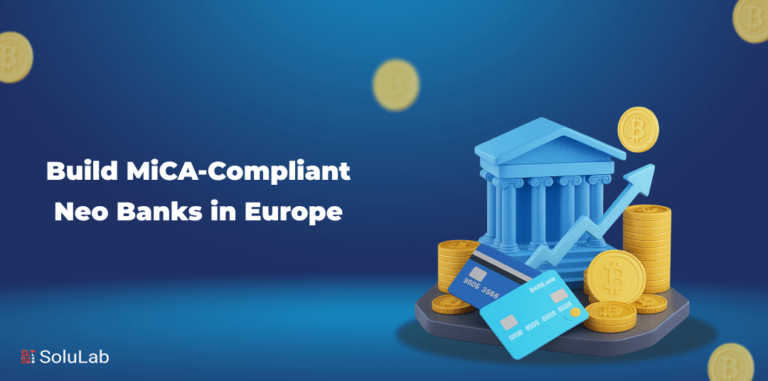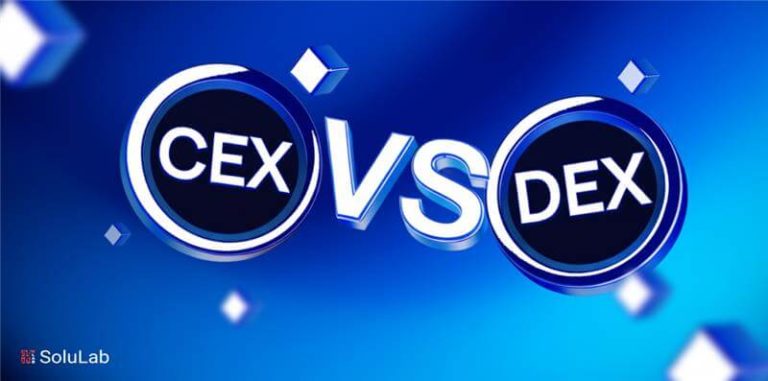Any digital artist would have probably heard a lot about NFTs or non-fungible tokens and how they’re altering the scene.
However, even if you’re interested in joining the NFT frenzy, some of the ideas underlying NFTs and cryptocurrencies are difficult to explain.
This article will provide you with a high-level overview of NFTs, including what they are? How do they operate? Whether or not generating NFT for digital art is a good idea?
A Quick Brief on NFTs.
Non-fungible Tokens implies that it is one-of-a-kind and cannot be substituted with anything else. A bitcoin, for example, is fungible. If you exchange one for another, you’ll get precisely the identical item. A unique trade card, on the other hand, is not fungible. You’d get something different if you exchanged it for a different kind of card.
Function of NFTs
Most NFTs are a part of the Ethereum blockchain at a very high level. Ethereum is a cryptocurrency just like bitcoin or Dogecoin. However, its Blockchain also allows these NFTs, which contain additional information that allows them to function differently from, for example, an ETH coin. Other blockchains, it should be noted, may implement their forms of NFTs.
What is the role of NFTs for Designers?
1- Digital art ownership
Before the invention of cryptocurrency, we never had the opportunity to possess anything entirely digital. We shared movies and motion graphics around, reusing and reposting them, but there was no existing way to acquire full instant, physical ownership of an artwork or a digital file. The development of NFTs alters this, giving artists the power to rent out digital artworks, sell them, or show them as they see fit.
Designers must get some ‘legal’ ownership of their work to market it. So, after creating NFT art, it is minted or tokenized on the cryptocurrency service Blockchain.
Finally, this procedure should enable digital artists to get official acknowledgment for their work, similar to how a painter such as Gustav Klimt is recognized for his iconic painting, The Kiss. The problem with this relatively new idea is that, although Blockchain has contracts to support the legality of minting and copyrighting crypto art, none have ever been challenged or tested in court.
2- A new method of generating money
NFT art is a completely new classification system for digital artworks that allows designers to monetize their work. It is intended to be a faster and more accessible method for designers to create work and enjoy the benefits of their ingenuity. There is no chasing customers for money, no preparing files for print, no waiting for feedback, and no altering and editing your work to meet the requirements of a client.
3- International reach
Previously, the elite, famous world of art acquiring and selling took place mostly in actual locations involving real artworks. Designers and artists earned money through in-person events like exhibits and marketplaces until recent global events forced many of these outlets to close. Because of the growth of NFT trading, art collections have been able to migrate online, allowing many artists on a worldwide scale who may not have previously had the opportunity to sell their work to purchasers.
Similarly, it may be difficult for many graphic designers to maintain a consistent source of income without performing odd jobs or unrelated employment. Stability is a slow bloomer discovered in loyal customers or via regular, timely project turnover. However, it may not be easy to find your footing in this competitive business if you aren’t already well-established.
NFT platforms, like social media, provide designers with instant access to worldwide audiences. Having an established online following may also help artists get visibility in the NFT industry. The difficult aspect for designers is determining how to convert their target consumers into customers. If you don’t currently have a strong internet presence, you should reconsider your marketing strategy.
NFTs are assisting artists in resolving a critical issue: Who owns digital artwork?
Although NFT for digital art may be readily and indefinitely replicated, non-fungible tokens enable purchasers to prove ownership.
Kevin Abosch, an artist, has sold a potato painting for $1.5 million, created a neon sculpture inspired by cryptocurrencies, and even sold his blood on the Blockchain.
In many respects, the 51-year-old Irish artist’s entry into the realm of non-fungible tokens (NFTs) was the next natural step for her work, which examines digital money and value issues.
Non-fungible tokens (NFTs) are digital identifiers that confirm the existence and ownership of a digital collectible. The technology has been available since 2017. It is an outgrowth of the cryptocurrency explosion, which is also based on the Blockchain.
Mike Winkelmann, nicknamed Beeple, is the overall best-seller. His digital piece CROSSROAD sold for $6.6 million on Nifty Gateway in February, and Everyday’s — The First 5000 Days sold for almost $70 million on March 11 at Christie’s. This was Christie’s first fully digital NFT auction, having dipped its toes into the water last October when it auctioned Robert Alice’s Block 21 with an NFT component. The large-scale piece from the artist’s Portraits Of A Mind series sold ten times the estimated price.
Other top-selling crypto artists include Greg Mike, Hackatao, and FEWOCiOUS, while CryptoKitties, CryptoPunks, and Rare Pepes were early trendsetters. The latter started in 2016 to rescue Pepe The Frog from the alt-right, and the Rare Pepe Wallet is widely regarded as the first decentralized crypto art platform. PRHBTD, StellaBelle, Shay The Surrealist, and VJ-turned-crypto artist Eclectic Method are among the other notable established and rising artists. The author of the 2011 meme, Nyan Cat, a newbie, actually coined the meme as an NFT and just sold it for almost $600,000.
The sudden increase in digital art sales could be due to a bubble, wider adoption of crypto art, or both. Still, digital scarcity is a new reality, and the combination of scarcity and demand can drive up prices that would otherwise appear shocking, particularly for symbolic ownership of an asset that is easily copied.
It all boils down to shortage. A print may be owned by everyone, while one person can only own the original. Furthermore, the prevalence of prints and duplicates may raise the price of the original. In the end, paying for scarcity is frequently motivated by a desire for bragging rights, if nothing else. That has to be the thought process of the collector who can boast about spending $120,000 on a duct-taped banana at Art Basel in 2019.
Some concerns about NFTs’ impact on the environment.
Creating NFTs requires a massive amount of raw computer power and many server farms where this work is done run on fossil fuels. “The environmental effect of blockchain is a big problem,” says Amy Whitaker, an assistant professor of visual arts administration at New York University. At the same time, some bitcoin supporters believe these concerns are exaggerated.
Climate-conscious artists might theoretically migrate to a different blockchain platform with a lower environmental effect. They’re already figuring out how to bend NFT technology to their advantage. For example, some set up their tokens so that they get paid every time their work is resold, similar to the way an actor receives a royalty check when their program is repeated. Bitmark, a Taiwanese software company, has launched an NFT-style scheme to provide rights and payments to music creators worldwide. In addition, unlike current digital giants like Facebook and Instagram, artists who join NFT-based social media sites like Friends With Benefits get partial ownership of the platform. As a result, they may receive direct remuneration for the work they produce via the network.
Meanwhile, for technology enthusiasts, the NFT craze is simply further proof of their long-held views that bitcoin, and blockchain platforms in general, have the potential to alter the world profoundly. For example, blockchain technology has already been used to safeguard elections in Utah, fight insurance fraud at Nationwide Insurance, and protect the medical data of numerous U.S. health care businesses. According to supporters, it may also help businesses guarantee openness in their supply chains, simplify mutual assistance initiatives, and eliminate biases in historically discriminatory loan application procedures.
Conclusion
The sale of crypto or NFT art can alter the whole creative business; its emergence is just the beginning of something that future generations will see as commonplace. However, the early world of NFT art fails to distinguish itself as a dependable, inclusive platform for selling digital art. We’re waiting to see what happens next, and we’re hoping the tide swings in favor of designers.




